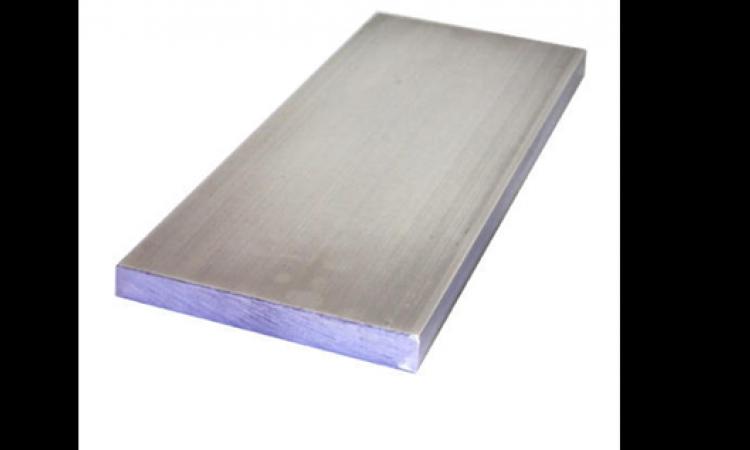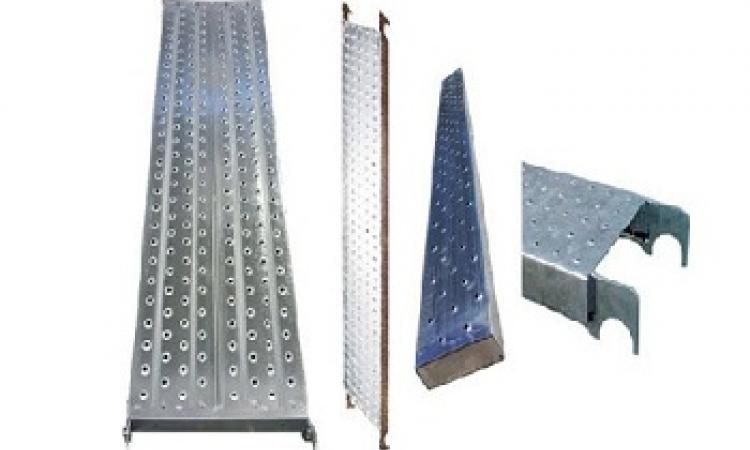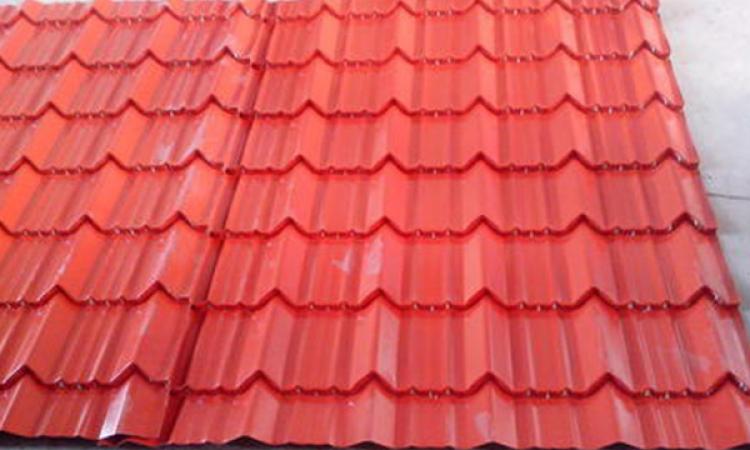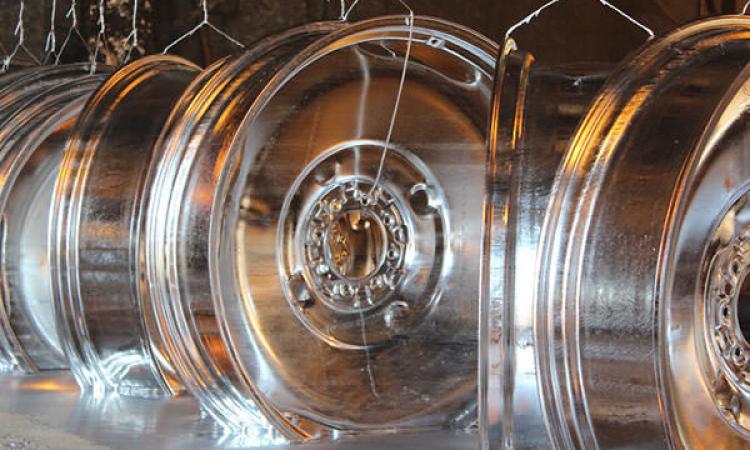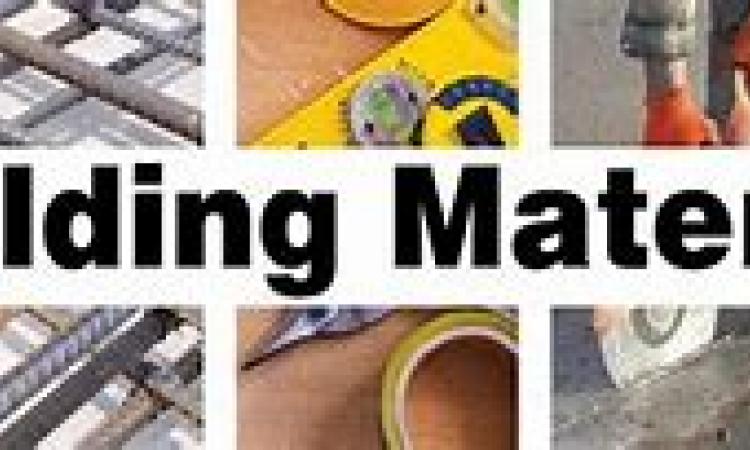
Electroplating
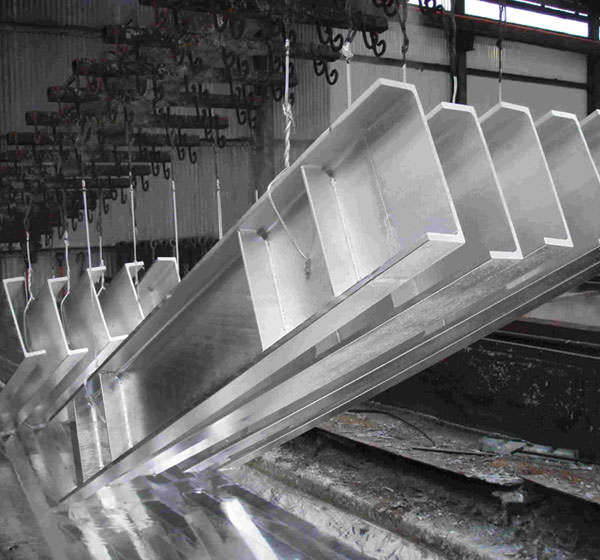
We have a state of art of Electro Plating plant which has been providing quality service through its efficient system, and with a highly competent work force, we have been supporting various oil field and industrial sector requirements for over long period. We can provide various corrosion resistant coatings as per the customer requirement. Today, we can be a one stop single source for metal finishing requirements. We offer value-added solutions and processes that enhance the strength, durability and appearance of industrial parts.
Electroplating is the most common method of metal plating. Electroplating is a process whereby an object usually metallic is coated with one or more relatively thin, tightly adherent layers of some other metals (e.g. Zinc).
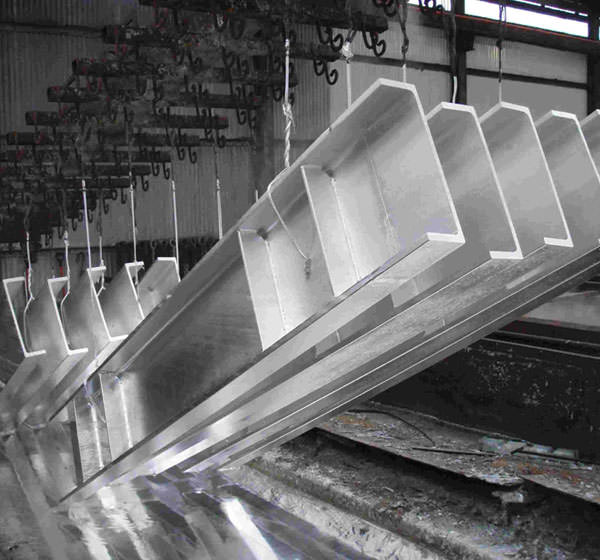
Process of Electroplating
When dealing with metals within any industry, the biggest threat is rust and its corrosive effects. Corrosion can cause disruptions in production and manufacturing, transportation, utilities, and infrastructure within any industry, so what can do you do to combat it? Zinc electroplating allows you to coat metals with a physical zinc layer in order to prevent rust from reaching the metal surface underneath. The zinc electroplating process is complex.
The following describes the steps taken in a typical zinc electroplating process.
Step 1 – Cleaning the Substrate
The first step is to clean the substrate (the metal you wish to plate); any contamination on the surface of the metal will prevent the zinc electroplating coating from properly adhering to the substrate. Typically, an alkaline detergent is used to clean the surface, soaking the metal in an alkaline bath for 5 – 10 minutes, and 150 F is generally enough to rid most of the surface of soil and dirt. After the initial bath, further cleaning is completed via an electro cleaner. At the cathode or anode end of the metal, an electric charge is applied, producing the release of oxygen or hydrogen from the solution that cleans the substrate surface at a microscopic level.
Step 2 – Activation of the Substrate
To finish the preparation of the substrate, it goes through a process called activation, or pickling, which consists of submerging the metal into various acid solutions in order to remove oxides and scales which were formed on the metal during manufacturing, storage, and handling. Activation often uses acids, such as sulfuric acid or hydrochloric acid, and the type of metal and thickness of scale present will determine the dipping time, the acid type, and temperature required for the zinc electroplating process.
Step 3 – Preparation of the Plating Solution
The zinc electroplating process requires a specialized electrolyte solution for the substrate to be immersed into. This plating bath consists of a zinc metal ionic solution as well as various chemicals to assist in the plating process. The proper solution will help produce the required chemical and physical properties of the finishing plating and are often categorized into two types of baths. Acid Zinc baths are an efficient method of plating; they are fast and superior in covering, but they also provide poor throwing power and thickness distribution. Alkaline Zinc baths are less efficient and slower, but they produce a better thickness distribution and ductility.
Step 4 – Zinc Electroplating
Once ready for plating, the metal can be introduced to two methods of plating: either rack plating or barrel plating. Rack plating is designed for larger parts, and they are affixed to metal racks which are then submerged into a tank containing the plating bath. Barrel plating is designed for smaller parts, and instead of a tank, the parts are put into a barrel and rotated to provide a uniform finish. While in the bath, an electrical DC current is applied to a node for a set duration of time, which results in the zinc ions depositing onto the cathode (the substrate.) The flow of electricity has to be uniform, or else you’ll end up with an uneven zinc electroplating coating.
Step 5 – Rinsing and Drying
After the Zinc electroplating is completed, the now zinc coating substrate must be rinsed by water and then dried. If there is extra contamination, then it may be rinsed multiple times to ensure a clean surface. If additional protection is required, passivates and sealers can be applied after the rinsing.
Finished Products
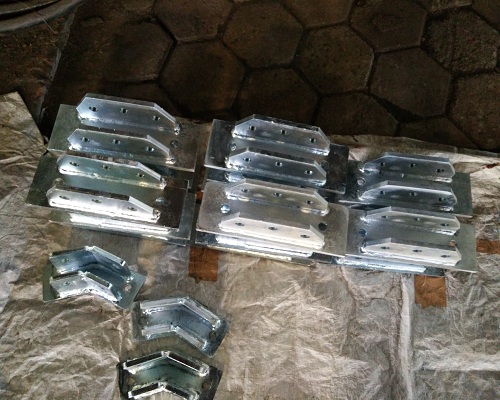
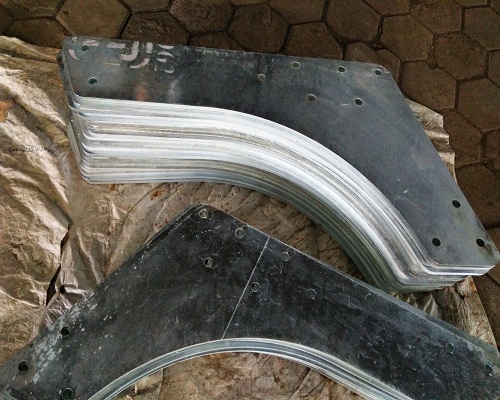

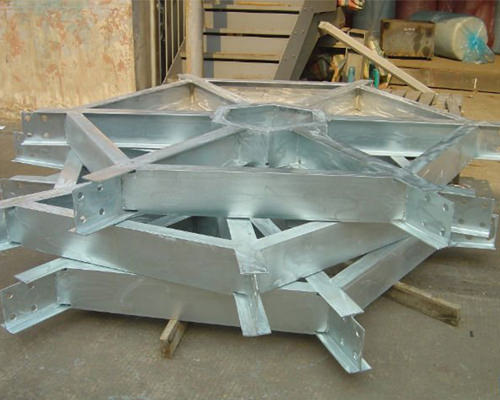






Quality Control
Superior Quality, Good Service, Timely Delivery and Sincere Co-oreration
We focus on hiring the best people, training them well and giving them the tools they need to succeed. New technologies are constantly emerging in every industry these days, and metal finishing is no exception. We’ve found the strategic cutting-edge technologies which allow us to complete projects faster and with fewer errors. All our metal finishing processes, such as electroplating, surface preparation, immersion washing and chemical film application, include comprehensive testing to ensure they meet our stringent guidelines. Specific procedures range from solderability and adhesion testing to stress and embrittlement relief treatment. We also use testing to reassess and modify our processes as needed.
.jpg)
Applications and Uses of Electroplating
Major uses of electroplating are to coat a surface with a thin layer of metal with the help of the electrochemical process. There are wide ranges of applications of this process in the manufacturing industry and various other fields. Below are few mentioned practical applications of electroplating. As metals are prone to natural effects such as corrosion, a thin layer of non-corrosive metals covering the corrosive one can help metals and appliances last longer than usual. The non-corrosive metals such copper; chromium and nickel are basically used these days to spread over corrosive metals like steel and iron.
Some major applications of Electroplating:
- To prevent corrosion
- Conduction of Electricity
- Reduce friction
- To protect from radiation
- Uses of Electroplating to prevent corrosion
Conduction of Electricity
In integrated circuits which are used in computers, cell phones and other electronic devices, uses good conductors of electricity such as gold and silver. But, due to the high price of these metals, a small quantity of these precious high quality metals can be coated as a thin layer over other metals and helps in the conduction of electricity.
Reduce Friction
Apart from these uses, electroplating can be used in other areas where we can reduce friction by introducing a certain kind of metal over another.
Protect from Radiation
Electroplating also helps to protect from radiation, abrasion and many other natural phenomena just by imparting the desired characteristics to a surface of the metals which lacks those properties.
Why Choose Khambati Metal Coating LLC for Electroplating Services
We are a company, dedicated to Quality, Innovation and Continuous Improvement through partnerships of employees, customer and suppliers in an atmosphere of mutual trust, respect and support. Uncompromising customer satisfaction is our only priority. We have the process expertise, quality, capacity and dedication to serve your industry's demanding electro plating requirements.
Cost Control
Delivering superior metal finishing services has little value if they’re beyond the price range of our target customers. By finding ways to cut costs without cutting corners, we’re able to provide affordable metal finishing solutions without sacrificing quality.
Prompt Delivery
Here at DASHPROJECTS we understand the importance of getting your finished products to you exactly when you need them. Our quality assurance efforts include ensuring we complete every project to meet our customer’s deadlines, as well as streamlining our shipping processes to avoid unnecessary delays that could disrupt your manufacturing schedule.




